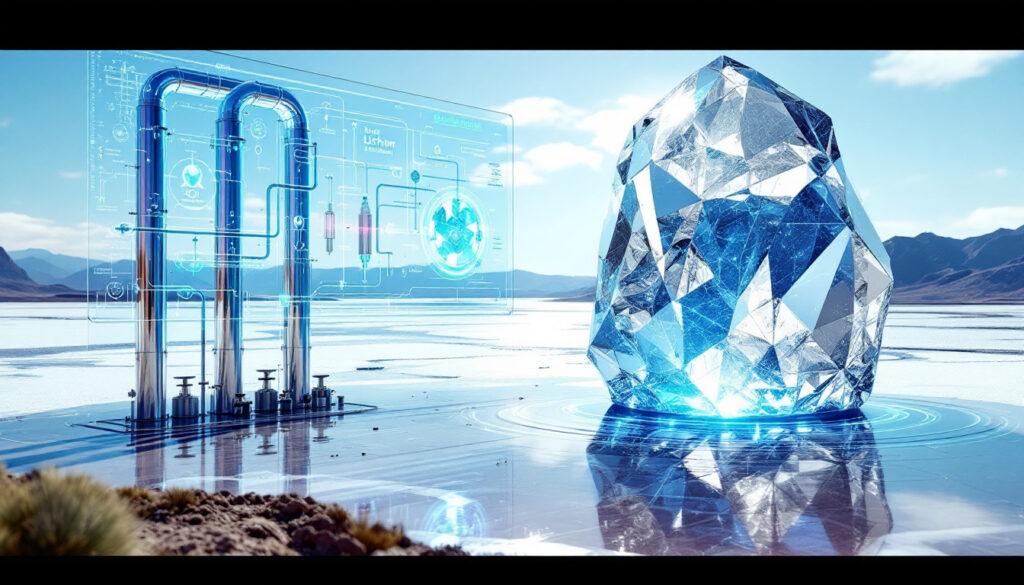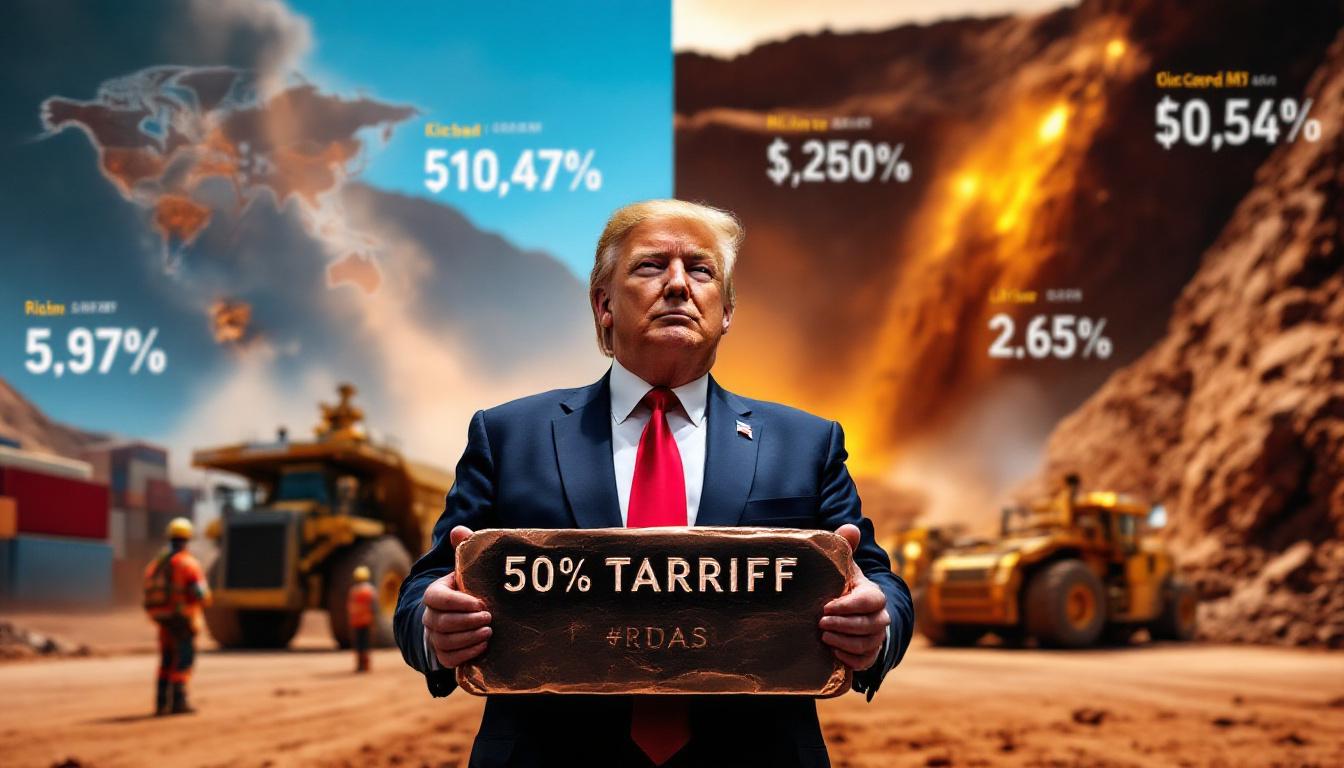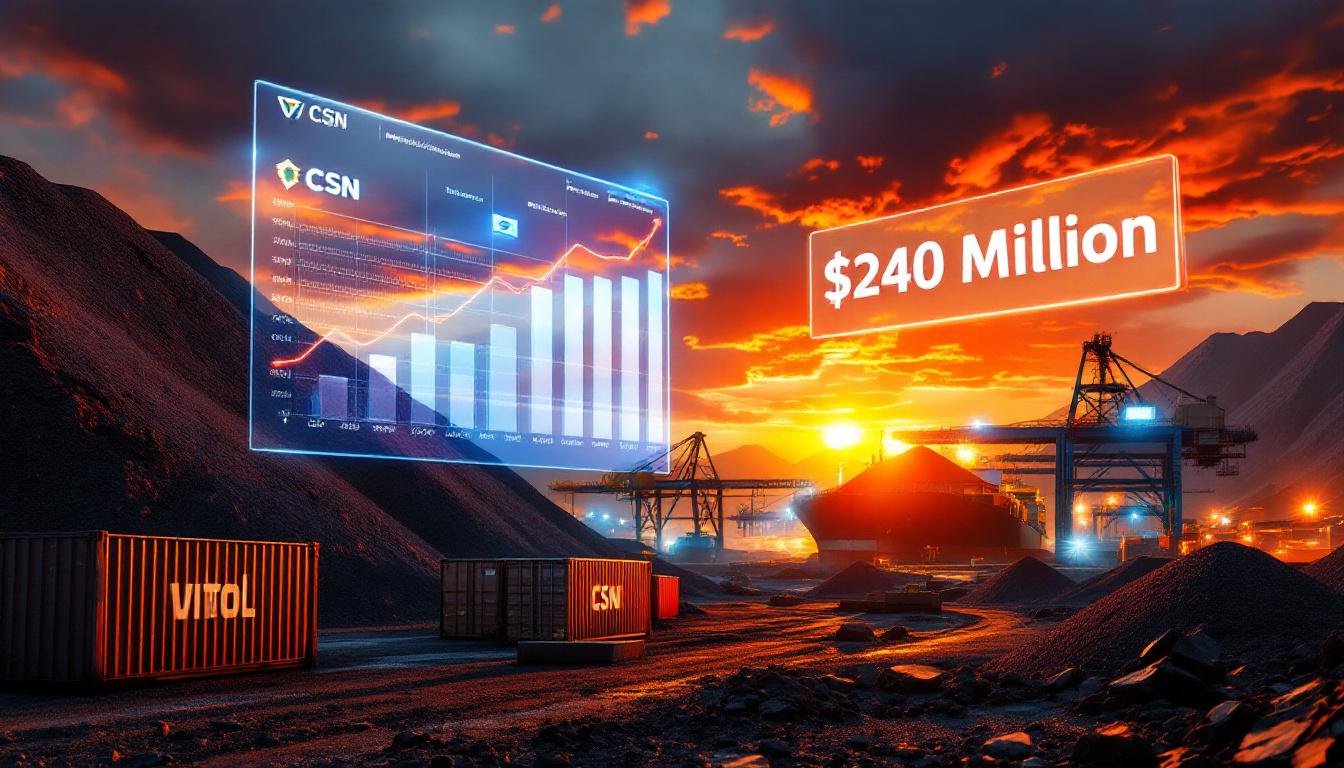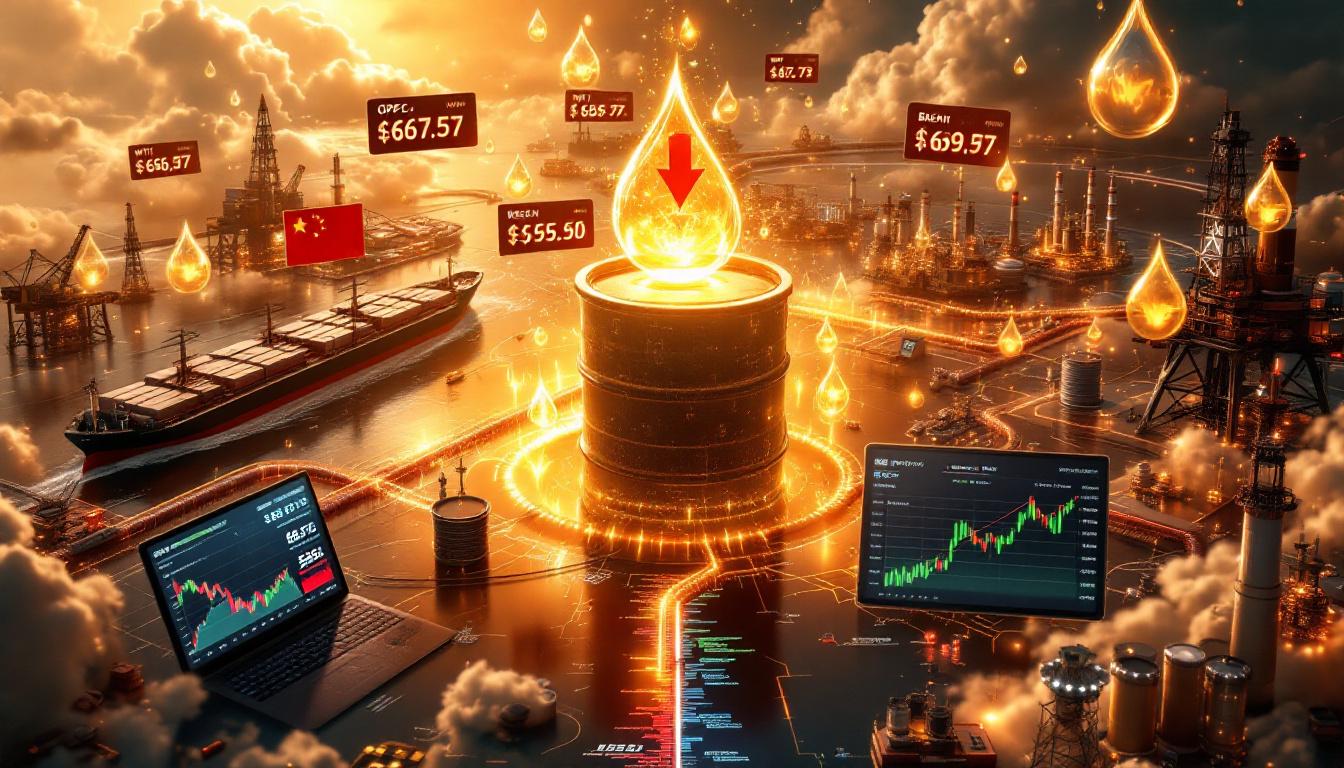What is Direct Lithium Extraction (DLE) Technology?
Direct Lithium Extraction (DLE) represents a revolutionary approach to lithium production, offering significant advantages over traditional evaporation pond methods. This technology selectively extracts lithium from brine solutions using specialized absorbent materials, promising to transform the industry similar to how fracking revolutionized oil and gas in the late 1990s.
The Evolution of DLE Technology
DLE technology has a longer history than many realize, with development beginning in the 1960s under chemists John Burba and Chuck Masterson. The first commercial implementation occurred between 1997-2006 at Arcadium Lithium's (formerly FMC/Livent) Hombre Muerto asset in Argentina, providing a proven track record spanning decades.
"DLE isn't new technology—it's been commercially operating for over 25 years," notes industry consultant Dr. Emily Rodriguez. "What's changed is the economic imperative to scale it globally as lithium demand surges."
The technology's evolution has accelerated in recent years, with multiple approaches being refined simultaneously across different geographical and chemical contexts. Revolutionizing lithium production has become essential as global demand continues to rise.
How DLE Technology Works
At its core, DLE technology employs specialized absorbent materials that selectively capture lithium ions from brine solutions. Modern systems utilize various column designs including rotary bed absorption columns that maximize lithium recovery while minimizing water consumption.
Key absorbent materials in commercial use include:
- Lithium Aluminum Layer Double Hydroxide (LDH) – considered the most stable option and widely used in Western projects
- Lithium Titanate – commonly employed in Chinese applications and particularly effective with high pH brines
- Lithium Manganate (lithium manganese oxide) – showing promise despite ongoing chemical stability challenges
A critical advantage of DLE is its recovery efficiency—typically achieving 90% lithium recovery compared to just 50% in traditional evaporation pond systems. This dramatic improvement in resource utilization potentially unlocks previously uneconomic lithium resources worldwide.
What is the Current State of the Global Lithium Market?
The lithium market is experiencing significant fluctuations as supply expansion confronts changing demand patterns. Understanding both short and medium-term dynamics provides crucial context for evaluating DLE's potential impact.
Short-Term Supply and Demand Outlook (12-18 Months)
The lithium market is currently experiencing oversupply conditions, with spot prices declining significantly. Spodumene concentrate has approached $1,000/ton (down from peaks over $5,000/ton in 2022), while lithium salts have fallen under $10,000/ton from previous highs of $80,000/ton.
"The market is digesting significant new supply from both traditional and unconventional sources," explains mining analyst Wei Chang. "Projects that were financed during the 2021-2022 price spike are now coming online simultaneously."
No significant supply disruptions or demand surprises are anticipated in the immediate future. Chinese-controlled projects will likely continue development despite low prices due to strategic imperatives and vertical integration advantages, while Western Australian and Canadian spodumene projects face development delays amid pricing pressures. Understanding lithium market trends 2024 is essential for investors in this sector.
Medium-Term Market Dynamics (2-5 Years)
The lithium market's structure has fundamentally changed since the last shortage. Supply response to any future deficit will likely be much faster than during the 2021 price spike due to:
- Chinese lithium supply chain structured with vertically integrated companies that can operate with lower margins
- Strategic stockpiling across the supply chain providing additional buffer against shortages
- Dramatic differences in project development speed between Chinese and Western companies
These structural factors suggest lithium prices are unlikely to reach the 2021-2022 highs of $80,000/ton again, though periodic supply-demand imbalances will continue to create price volatility. Navigating lithium volatility has become a critical skill for industry participants.
How Will DLE Technology Impact the Lithium Cost Curve?
DLE technology promises to reshape the industry's cost structure, but implementation challenges remain significant. Understanding the capital, operating, and environmental dimensions provides a comprehensive view of DLE's disruptive potential.
Capital and Operating Cost Considerations
DLE projects typically require substantial capital investment, frequently in the $1-2 billion range for commercial-scale operations. This high entry cost favors large balance sheet companies like oil majors and utilities that can access low-cost capital and tolerate longer payback periods.
Key implementation challenges include:
- High upfront capital costs (CAPEX)
- Technical expertise requirements for complex chemical engineering systems
- Recurring CAPEX for absorbent material replacement ($50-100 million every 6-12 months)
Despite these challenges, DLE technology continues to improve with lower CAPEX and OPEX profiles emerging through technological refinement and scale economies. The latest generation of DLE systems demonstrates 15-20% lower operational costs than earlier implementations.
Environmental and Operational Benefits
DLE offers significant environmental advantages that increasingly influence project development decisions:
- Dramatically reduced water consumption compared to traditional evaporation ponds
- Enablement of lithium extraction from previously uneconomic resources
- Brine reinjection capabilities, maintaining aquifer stability and reducing environmental impact
- Extended mine life by improving lithium recovery rates from 50% to approximately 90%
- Reduced land footprint compared to traditional evaporation pond systems that can span thousands of hectares
These benefits become increasingly valuable as lithium projects face heightened environmental scrutiny and water management challenges in arid regions like Chile's Atacama Desert and Argentina's lithium triangle. As outlined in the International Lithium Association's comprehensive guide to DLE, the technology's sustainability benefits are substantial.
Why Are Major Mining Companies Investing in DLE Technology?
The entrance of major mining and energy companies into the lithium space, particularly through DLE-focused acquisitions and partnerships, signals a broader recognition of the technology's transformative potential.
Rio Tinto's Acquisition of Arcadium Lithium
Rio Tinto's strategic acquisition of Arcadium Lithium represents a watershed moment for DLE technology. This move secured proven DLE technology and expertise for developing Rio's Rincon asset in Argentina.
Industry insiders note that Arcadium possessed one of the strongest brine operation teams globally, with decades of commercial DLE implementation experience. The deal effectively combined Rio's balance sheet strength with Arcadium's technical expertise, reflecting industry recognition that DLE will be crucial for future lithium supply.
"Rio Tinto's move validates what insiders have known for years—commercial-scale DLE is not only possible but essential for meeting future lithium demand," comments resource analyst Maria Sandoval.
Other Major Players Entering the Space
The DLE landscape has attracted numerous major players beyond traditional mining companies:
- ExxonMobil is actively exploring DLE technology applications at multiple sites
- Saudi Aramco has initiated investigations into lithium opportunities using its oil field expertise
- Major US utility companies are examining DLE as part of energy transition strategies
- Chinese companies like Sunresin continue advancing proprietary DLE systems
- Established producers (SQM, Albemarle) are evaluating DLE for expansion projects to complement existing operations
This diverse interest demonstrates how DLE technology crosses traditional industry boundaries, attracting entities with complementary capabilities in large-scale resource development, water management, and chemical processing. According to McKinsey's industry analysis, DLE could unlock significant new lithium resources to meet growing demand.
How Does Lithium Demand from Energy Storage Systems (ESS) Compare to EVs?
While electric vehicles dominate lithium demand discussions, energy storage systems (ESS) represent a significant and growing market segment with distinct characteristics.
Current and Future ESS Demand Trends
Energy storage currently accounts for approximately 20% of global lithium demand. Industry analysts predict that while growth will continue, the rate will likely moderate over time rather than maintain exponential trajectories.
Government subsidies and tax incentives have driven recent ESS deployment surges, particularly in markets like California, Australia, and Germany. However, grid-level saturation will eventually occur on a market-by-market basis as optimal storage-to-generation ratios are achieved.
ESS deployment primarily utilizes LFP (lithium iron phosphate) chemistry with longer lifecycle requirements (7-10 years) compared to EVs (typically 5 years). This chemistry preference impacts the type of lithium products required, with lithium carbonate dominating ESS applications.
Long-term ESS demand is projected to reach around 20 terawatt-hours, compared to 100 terawatt-hours for electric vehicles, establishing a significant but secondary demand pillar for lithium producers.
Power Demand Growth Factors
Several factors influence ESS growth dynamics:
- Data center proliferation creating new power demand, though questions remain about long-term sustainability
- Industrial redevelopment in Western countries requiring reliable baseload power (typically natural gas or nuclear)
- Developing economies needing reliable baseload power beyond what renewables plus storage can currently provide
- ESS growth primarily replacing coal fleets rather than representing entirely new demand
These realities suggest a more nuanced growth trajectory than often portrayed, with ESS lithium demand growing steadily but not exponentially over the next decade.
What Are the Geopolitical Dynamics Affecting the Lithium Market?
Geopolitical considerations increasingly shape the lithium landscape, with stark contrasts between Chinese and Western approaches to securing supply chains.
China's Dominant Position
China has established control over significant portions of the lithium supply chain through strategic vertical integration. This positioning enables Chinese companies to operate upstream assets at low or negative margins while maintaining profitability downstream in cathode and battery production.
Government support mechanisms through tax rebates, subsidies, and special economic zones provide competitive advantages that Western companies cannot match. Chinese firms also demonstrate superior engineering and construction capabilities, enabling project development timelines often half as long as comparable Western initiatives.
"The efficiency gap isn't just about labor costs anymore," notes supply chain expert Thomas Liu. "Chinese companies integrate design, procurement, and construction functions that remain separated in Western projects, eliminating months of coordination delays."
More effective allocation of capital and human resources compared to Western companies further widens this competitive advantage.
Western Response and Challenges
Western companies face structural challenges in responding to China's lithium dominance:
- Higher capital costs and longer development timelines reducing competitiveness
- Public equity markets often proving unsuitable for funding strategic resource projects
- Growing trend toward private mining vehicles for exploration and development
- Need for rethinking project valuation beyond traditional IRR metrics
- Qualification process for battery-grade materials creating high barriers to entry for new producers
Despite these challenges, Western governments have recognized the strategic importance of domestic lithium supply chains, implementing various incentives through legislation like the U.S. Inflation Reduction Act and European Critical Raw Materials Act. Australia's lithium ambitions reflect this growing strategic focus on resource sovereignty.
What Are the Technical Challenges in Lithium Processing?
Beyond extraction, significant technical hurdles exist in processing lithium into battery-grade materials that meet stringent quality requirements.
Hydroxide Production Difficulties
Manufacturing battery-grade lithium hydroxide presents substantially greater technical challenges than carbonate production. Japanese and Korean cathode manufacturers, in particular, maintain exceptionally stringent quality specifications that few producers can consistently meet.
The substantial "tribal knowledge" within established producers creates a competitive advantage that new entrants struggle to overcome. Hydroxide production facilities typically require an additional $50-100 million in capital compared to equivalent carbonate plants.
Technical handling challenges compound these issues, as hydroxide cannot contact air and carbonate cannot contact water during various processing stages. These constraints necessitate specialized equipment and expertise that limit the pool of potential suppliers.
Infrastructure and Logistics Hurdles
The remote locations of many lithium projects create significant infrastructure challenges beyond the extraction technology itself:
- Transportation, storage, and packaging of lithium salts present underappreciated difficulties
- Water access remains a critical constraint for many projects, even with DLE's reduced consumption
- Power infrastructure often represents half the capital cost of brine projects
- Human capital limitations in developing regions can impede project development and operations
These practical realities often receive less attention than extraction technology but frequently determine project viability and timeline feasibility.
How Will Different Production Methods Compare in the Future Lithium Market?
The lithium production landscape continues evolving as technologies mature and competitive dynamics shift. Understanding how different approaches will position on the cost curve provides valuable strategic insights.
Long-Term Cost Curve Projections
DLE technology is expected to gradually shift the cost curve toward brine projects as implementation challenges are overcome and economies of scale are achieved. Traditional hard rock (spodumene) operations will likely move to higher quartiles (Q3/Q4) of the cost curve by 2035 as lower-cost DLE projects come online.
Brownfield expansions from existing producers will contribute significant supply growth at competitive costs due to shared infrastructure and demonstrated expertise. Chinese domestic lepidolite production continues despite low profitability due to its strategic importance in maintaining supply chain control.
These shifts will occur gradually rather than disruptively, as technological improvements across all production methods influence relative positioning on the global cost curve.
Technological Improvements in Processing
Continuous innovation occurs throughout the lithium value chain:
- Efficiency gains in cathode and anode manufacturing increasing energy density and reducing material requirements
- Processing improvements yielding better recovery rates across extraction methods
- Thrifting across the supply chain reducing material requirements per battery unit
- Continuous innovation in extraction and processing technologies
- Growing expertise in handling complex brine chemistries enabling access to previously challenging resources
These advancements suggest that while DLE will gain prominence, multiple production methods will maintain relevance in a diversified supply landscape. The role of battery metals and recycling will become increasingly important as the industry matures.
What Are the Key Investment Considerations for the Lithium Sector?
Navigating investment opportunities in the lithium sector requires understanding both technical and market factors that differentiate successful projects.
Project Development Factors
Development timelines vary dramatically between Chinese and Western companies, creating significant competitive disparities. Chinese EPCs (Engineering, Procurement, Construction firms) regularly advance projects from conception to production in as little as 9 months, while comparable Western projects typically require 2-3 years.
Western projects face higher capital costs and stricter environmental regulations that impact economics. However, byproduct credits (e.g., sodium sulfate, potassium, boron) can significantly improve project economics when properly integrated into process design.
Jurisdictional risk remains a major consideration, particularly in regions like Bolivia where resource nationalism and political instability create uncertain operating environments.
Future Price Outlook
The lithium market's long-term pricing outlook suggests several key trends:
- Prices unlikely to return to 2021-2022 highs due to structural changes in supply responsiveness
- Cost curve expected to steepen but not as dramatically as some major producers project
- Spodumene prices likely to stabilize around $1,200/ton in the longer term
- Multiple production methods (hard rock, traditional brine, DLE) maintaining market relevance
- Chinese control of processing capacity continuing to influence global pricing mechanisms
These factors suggest a more stable but moderated pricing environment that rewards operational excellence and technological innovation rather than simply resource ownership.
FAQ: Common Questions About Lithium and DLE Technology
Is DLE technology commercially viable today?
While DLE technology has demonstrated commercial viability at select operations for decades, widespread implementation faces economic challenges in the current low-price environment. The technology works effectively but requires lithium prices in the $12,000-15,000/ton LCE range to be economically viable for many projects, particularly when factoring in recurring absorbent replacement costs.
How does DLE compare to traditional evaporation ponds?
DLE offers several advantages over traditional methods: higher recovery rates (90% vs 50%), smaller land footprint, reduced water consumption, and faster production timelines. However, it requires higher upfront capital investment and more technical expertise to operate successfully. Environmental permitting generally favors DLE due to its reduced impact on water resources in sensitive regions.
Will solid-state batteries impact lithium demand?
Solid-state batteries will likely eventually replace some LFP chemistry applications but will predominantly use NMC cathodes requiring lithium hydroxide. This technology shift could revitalize demand for hydroxide over carbonate in the longer term, though commercialization timelines remain uncertain. Most major automakers have pushed commercial solid-state implementation targets to 2028-2030, reducing near-term market impacts.
Can Western countries compete with China in lithium production?
Western producers face structural disadvantages in capital costs, development speed, and vertical integration. However, they can remain competitive through brownfield expansions, technological innovation, and strategic partnerships with major balance sheet companies like oil and gas majors. Government support through critical mineral initiatives increasingly helps level aspects of the competitive landscape, particularly for processing facilities.
What role will recycling play in
Are You Looking for the Next Major Mineral Discovery?
Gain an immediate edge in the mineral exploration market with Discovery Alert's proprietary Discovery IQ model, which transforms complex ASX announcements into actionable insights for both short-term traders and long-term investors. Visit our discoveries page to understand why major mineral discoveries can lead to significant market returns and begin your 30-day free trial today.




